The new hotels redefining the perfect Roman holiday adventure
These beautiful hotels embrace the sky as a way to showcase Rome as visitors really want to experience it: the beauty, the history, the culture, the food, the drinks. Minus the grit.
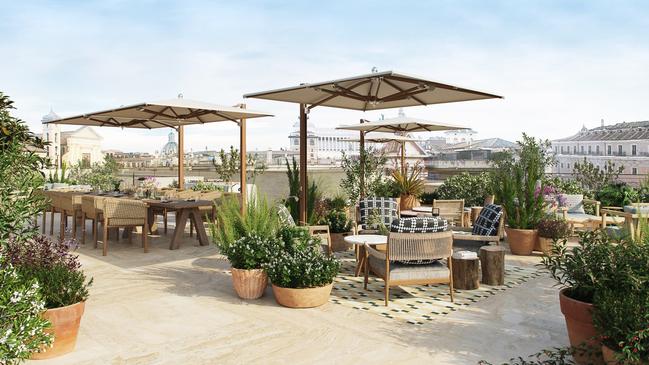
For one reason or another we are on a local bus. It’s 33 degrees, 80 per cent humidity, and Rome is in its usual state of inexorable chaos.
“Imagine being a bus driver here,” my companion says in wonder, watching the plucky driver navigate streets that appear to have no discernible road rules and an endless cabal of honking vehicles. The cars swerve as pedestrians step onto the cobblestone streets at unexpected moments, perhaps awed by the sights around them, from the white monolith of Palazzo di Montecitorio, the Italian parliament, to the 15th-century Baroque cathedrals squeezed between a sea of other wonders in this extraordinary city.
The chaos is, in its way, as magnificent and eye-popping as the city itself. Nowhere is “the Italian mess” – as my Tuscan friend Daniele describes it – as prevalent or revealing as it is in Rome, the boom town with a 2500-year back story.
If you like this, try:
- The perfect Tuscan villa does exist
- Forget Florence and head here instead
- Venice minus the mobs: a traveller’s guide
We have arrived after a hellish day of travel, the sort only Italy can impose. First Rome-Fiumicino Leonardo da Vinci airport, then the “Leonardo Express”, the direct train to Roma Termini. Now the bus. At each step, conductors have checked passports as well as tickets, and with wildfires to the south and a heatwave brewing, the city is on edge. By the time we straggle into the gleaming InterContinental Rome Ambasciatori Palace hotel, our luggage dragging limply behind us, we’re frazzled. “Perhaps we shouldn’t have come to Rome,” my companion mutters.
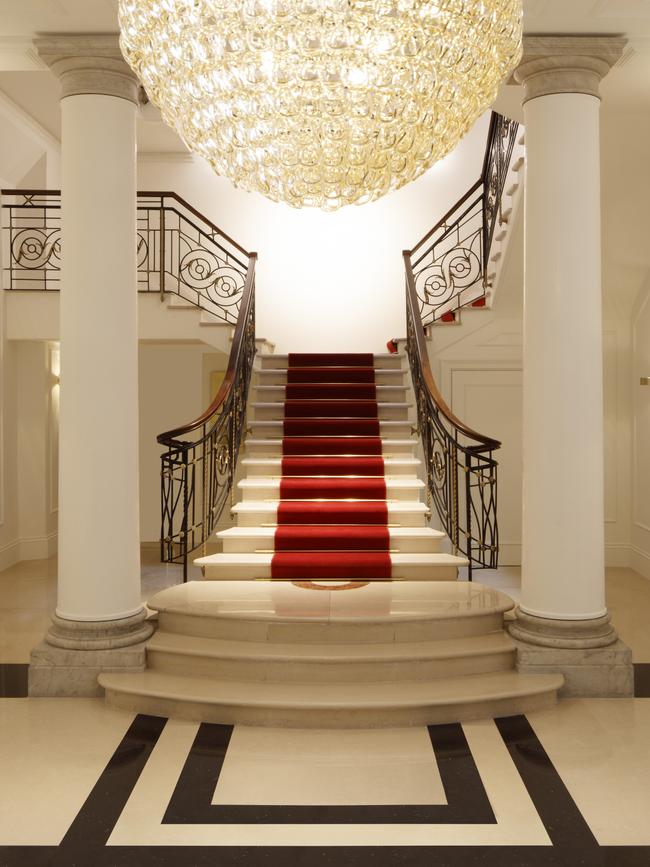
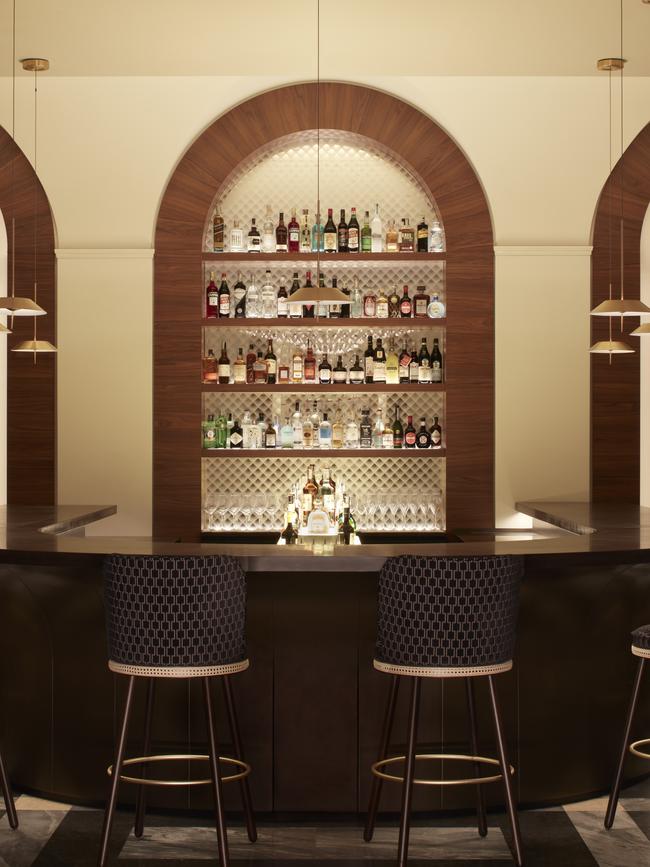
But heading into the hotel finds us entering a temple of quiet and calm. Our bags are whisked away, our heels clack gently on the glistening tiles, and our frayed tempers cool as genial staff soothe away our worries. “You must go up to the rooftop for cocktails,” we’re told. “There is a wonderful view. If you look through the trees, you can find the Vatican!”
So sunset sees us sitting at the Ambasciatori’s rooftop bar, Charlie’s, with a gentle breeze tempering the evening warmth, drinks in hand and the famous domes of Rome shimmering before us in the golden evening. The city has taken on a different complexion now. It’s suddenly more magical than we could have imagined. There’s no chaos from above.
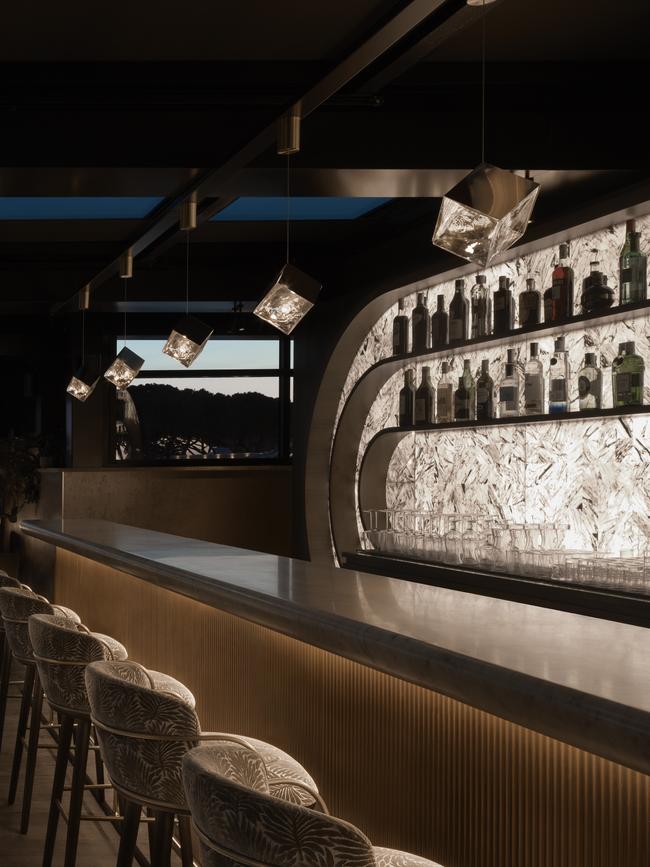
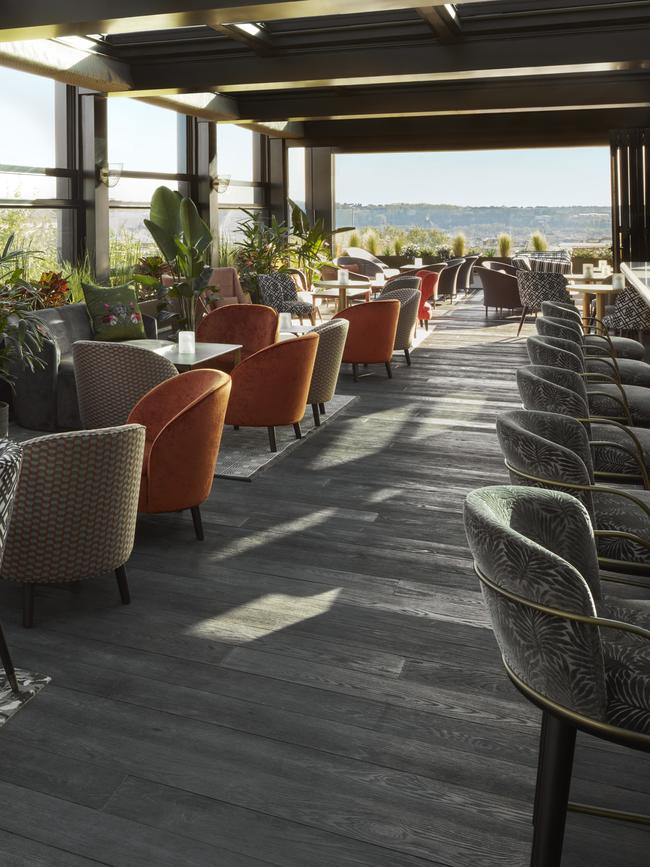
“Something happened in Rome during Covid,” Francesca Romagnoli, the Ambasciatori’s communications manager, tells us following day. “It’s the rooftops.
Because people were not allowed to go out at that time, and the restaurants were closed, people started looking for places to socialise in their own buildings. Romans are very social people, they like to talk. So we started using the roofs, and we have kept using them.”
Romagnoli, a born and bred Roman, is explaining the history of the 160-room hotel, designed by Italian architect Carlo Busiri Vici and built in 1900 as a lodge for the ambassadors who travelled to Rome to visit the US Embassy, still located just across the road. (And what a road: the ritzy ViaVeneto was made famous by Fellini in La Dolce Vita).
The Ambasciatori has a storied history, having been converted in 1946 into the US Embassy’s library before its transformation, like so many grand Italian buildings, into a hotel. Its more recent purchase, restoration and rebranding under IHG’s InterContinental label has seen it become part of the group’s luxury Italian collection, and returned it to its Belle Epoque glory.
It’s a delightful hotel, graceful, considered and cleverly thought out to reflect its past and its present. Apart from the luxurious touches – the oversized chandeliers, the staircase that sweeps through the centre of the building, the big-brand restaurant in Scarpetta NYC that occupies a velvety corner of the ground floor – it’s the rooftop that comes to settle in our imagination. Sitting here over a Pisco to Disco, a cocktail of pisco, hibiscus, ginger, lime and eggwhite, we’re affordeda perspective on the Eternal City we haven’t before considered; we love it.
It turns out the Ambasciatori is one of any number of Roman hotels that are embracing the sky as a way of showcasing the city as visitors really want to experience it: the beauty, the history, the culture, the food, the drinks, minus the grit.
Our Roman holiday moves on to the Ambasciatori’s sister venue, the immaculate and also new Six Senses Rome, spectacularly located on Via del Corso in the city’s thriving centre.
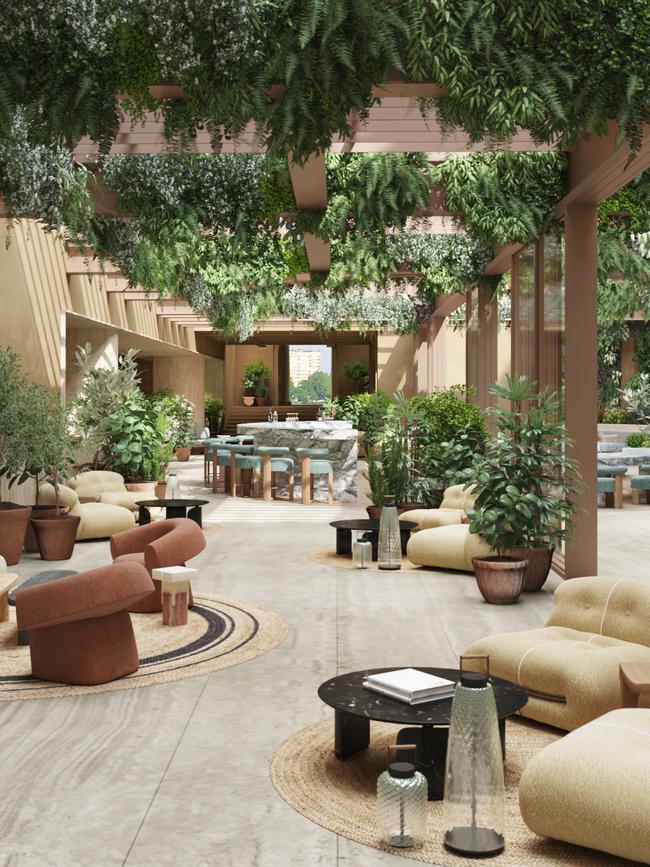
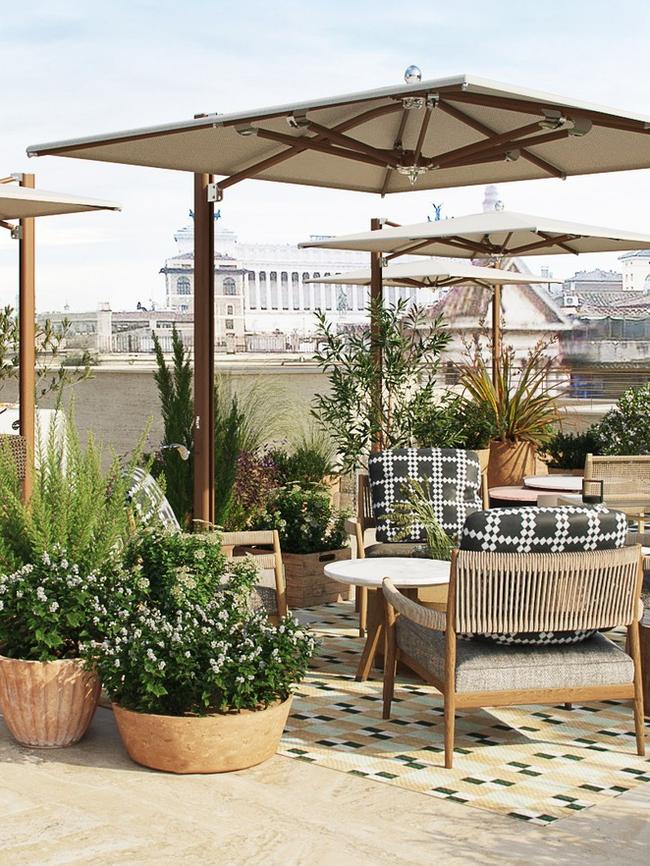
Another remarkable hotel, Six Senses Rome – the brand’s first city hotel after establishing its name via resort destinations around the world, from Ibiza to Bali – occupies a 15th-century building that for several decades has languished abandoned, despite its extraordinary charms that include a hand-carved Carrara marble staircase traversed by, among others, Leonardo and Napoleon. (Most recently it was a bank.)
Once again, we arrive bedraggled and almost beaten by the Roman chaos, having spent a day struggling along with the rest of the surging tourist hordes through the glorious artefacts of Rome (Trevi Fountain, Colosseum, Roman Forum, Spanish Steps, all astonishing, despite the crowds and the heat).
Frederico, who greets us at the desk like we’re old friends, ushers us into the modern part of the hotel, which was conceptualised by Spanish designer Patricia Urquiola with an emphasis on natural, recycled and tactile materials, from stone to glass to greenery (there’s plenty of amazing modern art on show too).
Frederico invites us to ding on a little bell to release the cares of the day, and we do. Over herbal tea, then, he walks us through the deliciously cool 96-room property, revealing to us its hidden gems: the hot and cold Roman baths in the basement (an unparalleled oasis of bliss and luxury), the gorgeous ground-floor restaurant, Bivium – and, saving the best for last, the rooftop bar Notos. “This is very special,” Frederico says, as we step onto the terraced space draped with flowering plants and fragrant herbs. Our hands reach down to pluck springs of rosemary and camomile and the scent lingers in the air like some ancient talisman of good health. “You must come here for a cocktail.”


Well there’s no risk of that not happening – so once again at sunset, we find ourselves on a rooftop in Rome. From the Via del Corso below, Rome’s busiest shopping street, come the sounds of revellers and shoppers, horns and city life. We float above it, absorbed in the wonder of the sights. There’s San Marcello al Corso church, the Montecitorio bell tower, the terracotta rooftops on all sides, and lit up in the twilight, the gleaming Palazzo di Montecitorio.
This is the Rome of dreams.
Checklist
“The old Rome of two- and three-star pensiones, it is no more,” says Frederico, the charming host who shows us through Six Senses Rome. “Rome is a city of luxury now.” He has a point, for the past year has seen a luxury hotel boom in the Eternal City. For us, staying in two exceptional hotels provides a welcome respite from a fetid European heatwave.
Rooms at the InterContinental Rome Ambasciatori Palace (rome.intercontinental.com) are roomy and luxe, in shades of navy and crisp white; luxuries include coffee machines. Rates from 745 Euros ($1227).
Rooms at Six Senses Rome (sixsenses.com) are all beige toned and calming; ours has a view of San Marcello al Corso church, which the Six Senses group lovingly restored. Rates from 1450 Euros ($2388).
If there is bad food in Rome, we didn’t eat it. Scarpetta NYC, at the Ambasciatori, is an outstanding restaurant. Have the signature Scarpetta spaghetti, it’s incredible. The service here too is world class. I doubt I’ve ever had better.
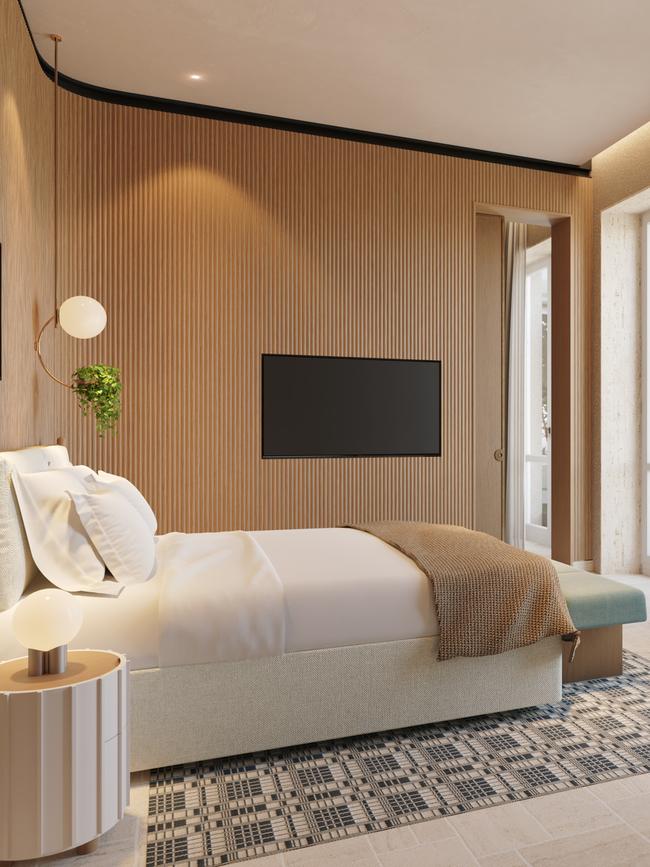



To join the conversation, please log in. Don't have an account? Register
Join the conversation, you are commenting as Logout